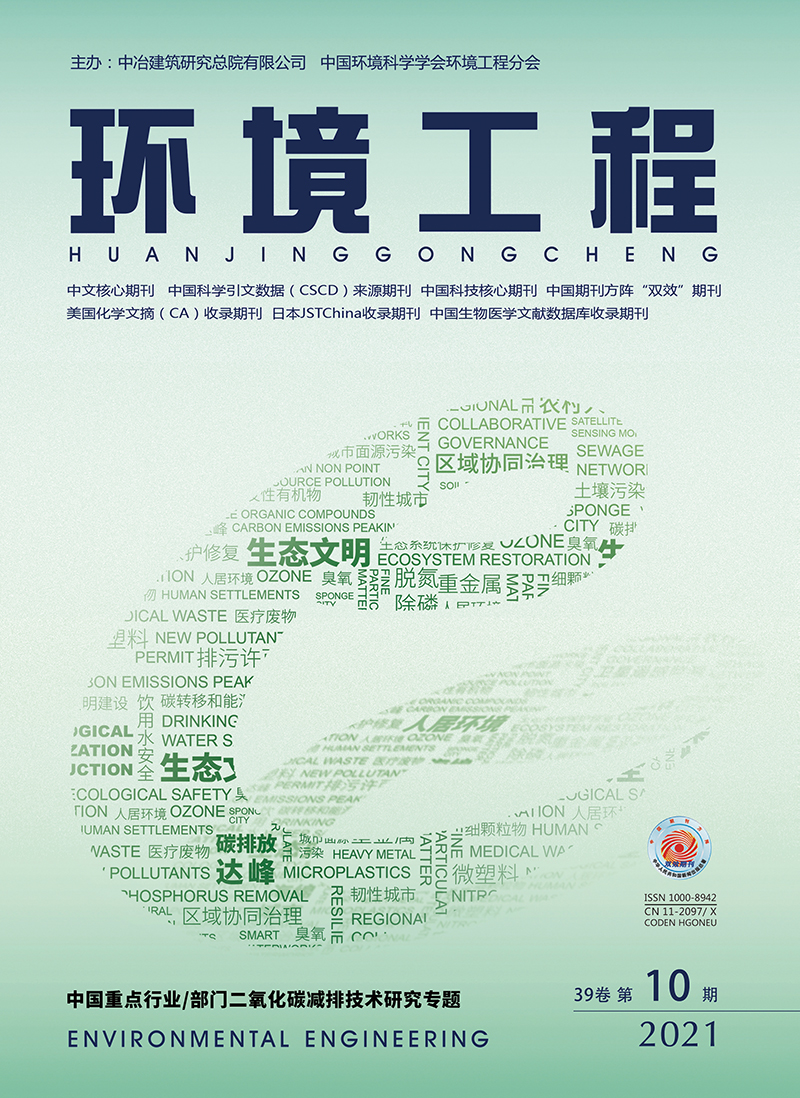| [1] |
张静,赵建伟,孙英杰,等. 新兴污染物对剩余污泥厌氧发酵产氢的影响研究[J]. 环境工程,2020,38(8):13-20.
|
| [2] |
SYED-HASSAN S S A, WANG Y, HU S, et al. Thermochemical processing of sewage sludge to energy and fuel:fundamentals, challenges and considerations[J]. Renewable and Sustainable Energy Reviews, 2017, 80:888-913.
|
| [3] |
李日宁,路浩,佟海松. 油田含油污泥减量及无害处理技术研究[J]. 油气田地面工程, 2019,38(12):111-115.
|
| [4] |
国家能源局,生态环境部. 关于燃煤耦合生物质发电技改试点项目建设的通知(国能发电力[2018] 53号)[Z]. 2018.
|
| [5] |
陈大元,王志超,李宇航,等. 燃煤机组耦合污泥发电技术[J]. 热力发电,2019,48(4):15-20.
|
| [6] |
ZERLOTTIN M, REFOSCO D, DELLA ZASSA M, et al. Self-heating of dried wastewater sludge[J]. Waste Management, 2013, 33(1):129-137.
|
| [7] |
ESCUDEY M, ARIAS A, FÖRSTER J, et al. Sewage sludge self-heating and spontaneous combustion. Field, Laboratory and Numerical Studies[J]. High Temperature Materials and Processes, 2008, 27(5):337-346.
|
| [8] |
POFFET M S, KÄSER K, JENNY T A. Thermal runaway of dried sewage sludge granules in storage tanks[J]. CHIMIA International Journal for Chemistry, 2008,62(1):29-34.
|
| [9] |
FERNANDEZ-ANEZ N, GARCIA-TORRENT J, MEDIC-PEJIC L. Flammability properties of thermally dried sewage sludge[J]. Fuel, 2014, 134:636-643.
|
| [10] |
DÍAZ E, PINTADO L, FABA L, et al. Effect of sewage sludge composition on the susceptibility to spontaneous combustion[J]. Journal of Hazardous Materials, 2019, 361:267-272.
|
| [11] |
孙伟,王岩,揭其良,等. 300 MW机组锅炉燃煤耦合生物质发电的可行性研究[J]. 电站系统工程,2019,35(4):11-14.
|
| [12] |
LI X R, LIM W S, IWATA Y, KOSEKI H. Safety evaluation of sewage-sludge-derived fuels by comparison with other fuels[J]. Fire and Materials, 2009, 33(4):187-200.
|
| [13] |
BERTANI R, BIASIN A, CANU P, et al. Self-heating of dried industrial tannery wastewater sludge induced by pyrophoric iron sulfides formation[J]. Journal of Hazardous Materials, 2016, 305:105-114.
|
| [14] |
LI X R, KOSEKI H, MOMOTA M. Evaluation of danger from fermentation-induced spontaneous ignition of wood chips[J]. Journal of Hazardous Materials, 2006, 135(1/2/3):15-20.
|
| [15] |
ZHU Y X, ZHANG H, SHENG C D. Characterizing self-heating of cereal straws by isothermal microcalorimetry[J]. Thermochimica Acta, 2021, 698:178881.
|
| [16] |
WADSÖ L. Measuring chemical heat production rates of biofuels by isothermal calorimetry for hazardous evaluation modelling[J].Fire and Materials, 2007, 31(4):241-255.
|
| [17] |
DEWIL R, BAEYENS J, ROELS J, et al. Distribution of sulphur compounds in sewage sludge treatment[J]. Environmental Engineering Science, 2008, 25(6):879-896.
|
| [18] |
DELLA ZASSA M, BIASIN A, ZERLOTTIN M, et al. Self-heating of dried industrial wastewater sludge:lab-scale investigation of supporting conditions[J]. Waste Management, 2013, 33(6):1469-1477.
|
| [19] |
REDDY A P, JENKINS B M, VANDERGHEYNST J S. The critical moisture range for rapid microbial decomposition of rice straw during storage[J]. American Society of Agricultural and Biological Engineers, 2009, 52(2):673-677.
|
| [20] |
RYCKEBOER J, MERGAER T J, VAES K, et al. A survey of bacteria and fungi occurring during composting and self-heating processes[J]. Annals of Microbiology, 2003, 53(4):349-410.
|
| [21] |
REZAEI F, VANDERGHEYNST J S. Critical moisture content for microbial growth in dried food-processing residues[J]. Journal of the Science of Food and Agriculture, 2010, 90(12):2000-2005.
|


 Login
Login Register
Register E-alert
E-alert






 DownLoad:
DownLoad: